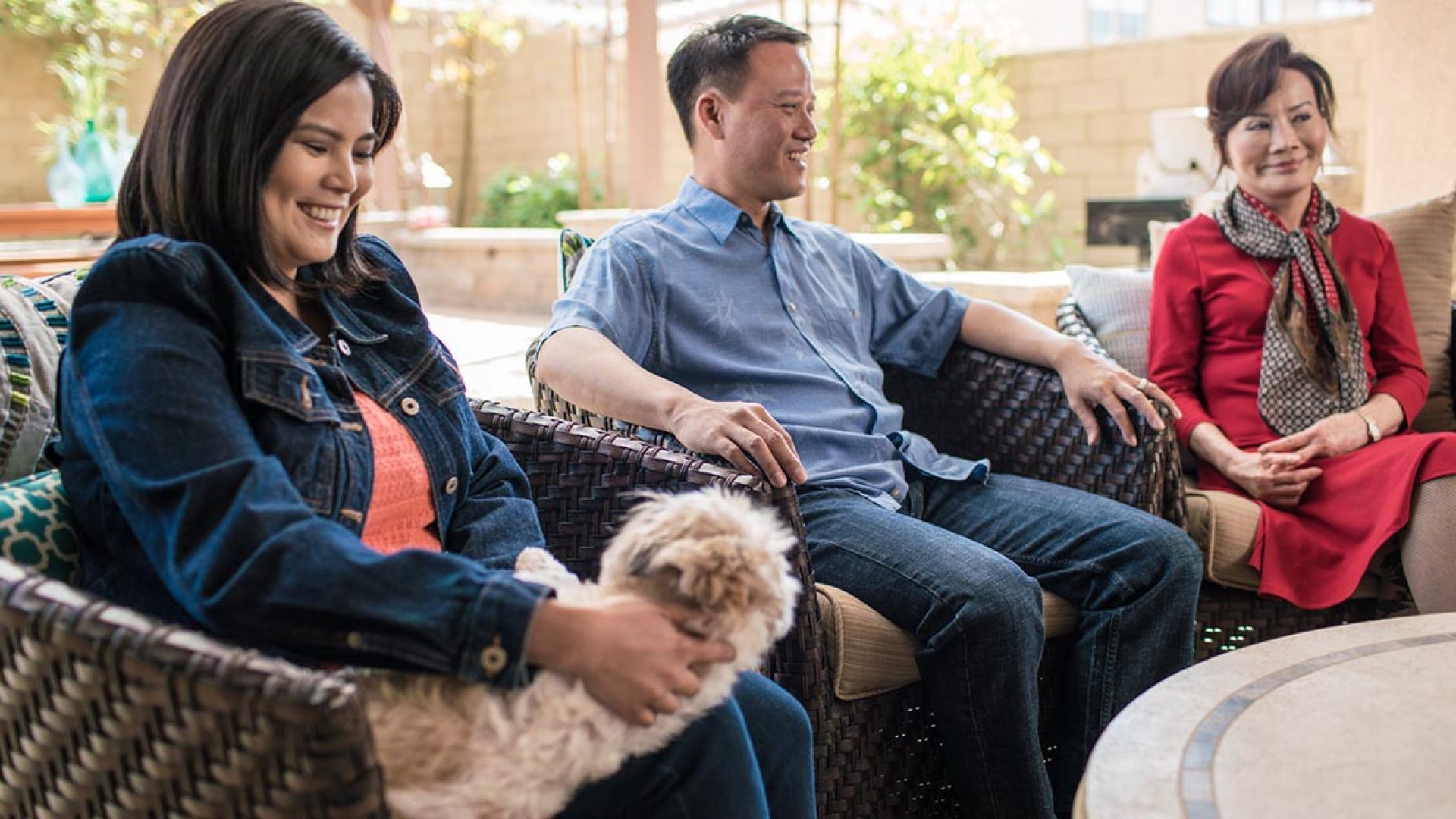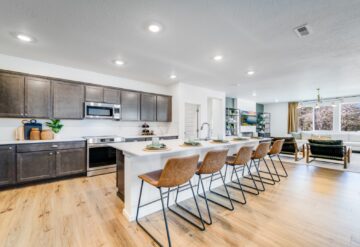Is multigenerational living coming back in style? According to a new Pew Research Center analysis, 60.6 million Americans were living with multiple generations under one roof in 2014. This recent City Lab article by Tanvi Misra, explains the findings of the analysis and why multigenerational living is becoming a trend again.
In 2014, more young people were living with their parents than with a romantic partner. And a lot of these millennials’ parents were cohabiting with their own parents.
The rebound in multigenerational households (having two or more adult generations, or grandparents and grandchildren under the same roof) In 1980, the share of Americans in this living arrangement had declined to just 12 percent. It inched back up in the 1990s, and saw a steep rise post-recession.
Money—or lack thereof—helps explain why this housing arrangement is back in style. The economic woes of the late-2000s brought millions of young adults boomeranging back to their childhood homes. But the trend also has to do with immigration and diversification of the U.S. population.
This trend hasn’t caught housing developers off-guard. The Wall Street Journal called In-law apartments—homes with add-on units for older generations—the “hottest amenity in real estate.” Some vast new multigenerational homes are designed with separate entrances, extra laundry rooms, and second kitchens equipped with wok burners to accommodate the needs of those most likely to use them. Depending on zoning issues, some households can choose to install “granny pods”—small pre-fab backyard cottages outfitted for an older resident, which many families prefer to assisted-living options. Expect more ideas for multigenerational housing in the coming years: Given demographic trends, the need to accommodate a wider range of ages under one roof isn’t going away.
[Read the full article here]




